
Today we all know what a mobile application is, but do you know the history of mobile applications? When we use our mobile phone, 80% of the time we use it using an app. Besides, millions of applications are downloaded in one day, and we spend seven times more time browsing them than on mobile browsers.
If you have a smartphone or other type of mobile device, you probably use programs or applications – to play games, get turn-by-turn location directions, access news, books, weather data, and more. These mobile apps are easy to download and often free, and they can be so entertaining and convenient. However, you may end up downloading them without considering a few key points: how they are paid for, what information they can collect from your device, or who can access that information. Thus, let’s start with some basic notions about mobile applications.
The first mobile applications
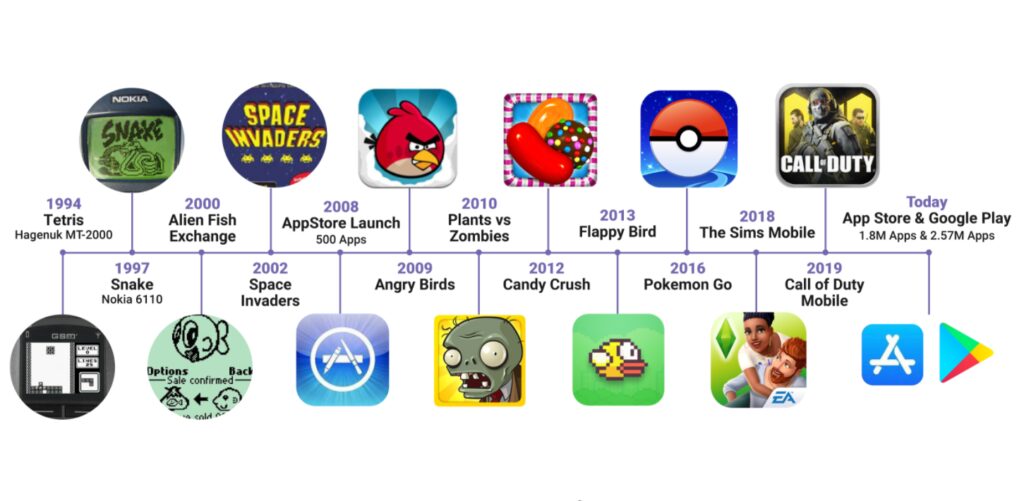
To properly understand mobile applications, it is necessary to go back to the 90s, where we were able to make use of the first games, calendar, agenda, or messaging apps that were integrated into the software of our mobile devices.
In June 1984 we got to know Tetris for the first time, a video game created by Russian computer scientists that have undoubtedly become one of the best known and most played games in history. More so, the very well known Snake video game is Nokia’s most popular and classic game. The snake was programmed in 1997 and first appeared for public use on the Nokia 6110 and Nokia 3210. Its success was so astonishing that in 2009 more than 350 million mobile devices already had this video game integrated into their system.
What is a mobile application?
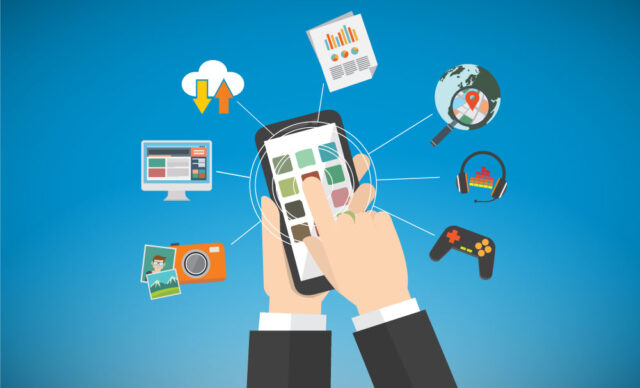
A mobile application is a program that you can download and access directly from your phone or some other mobile device – such as a tablet or an MP3 player.
The arrival of WAP technology

The second milestone of interest in the history of applications is found in the year 2000 due to WAP technology. WAP (Wireless Application Protocol) technology is a standard for wireless connections for applications that allowed users to access reduced versions of web pages.
Through WAP, we could enter our email or access certain news, among other functionalities. Also, we must give recognition for this technology to companies such as Sony, Nokia, Motorola, or Open ware. However, this technology began to see specific problems due to the difficulty of adapting content on different types of mobile screens.
The Apple and Android revolution
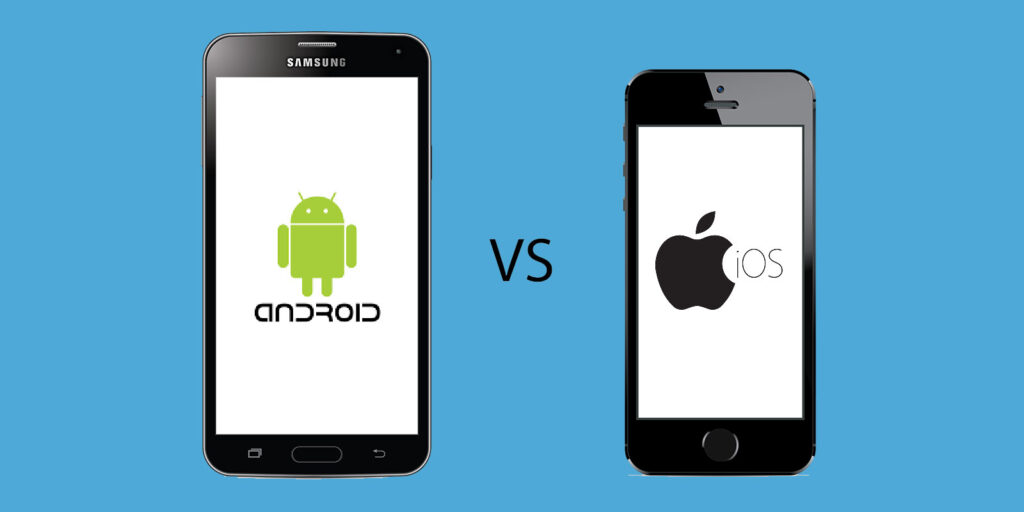
And the year 2007 arrived and with it the real revolution of mobile applications. In June 2007 Apple introduced the popular iPhone, the mobile phone that transformed the world of mobile applications. Also, in 2008 Apple created the App Store, a platform that would allow you to download apps and that currently has 2 million applications.
On the other hand, the giant Google came into play, which in 2008 launched the first mobile phone with an Android operating system. From this moment on, Android developed an application store called Market Android, which we now know as Google Play or Play Store. In just four years it reached 700,000 applications.
With the arrival of Apple and Android, the application market changed dramatically. In just one year, the App Store achieved a billion downloads, a figure that the Android Market quickly reached after two years.
What do I need to download, and how do I use an application?
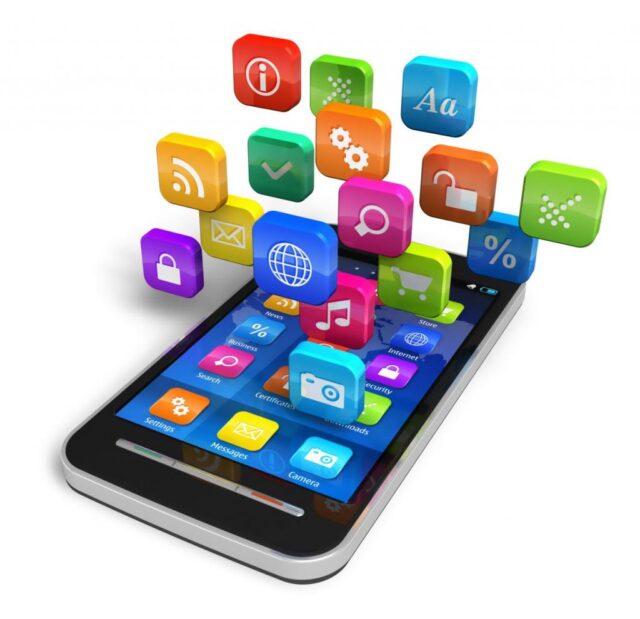
You need a smartphone or some other mobile device with available internet access. Applications work, depending on the mobile device you have. The Android, Apple, Microsoft, and BlackBerry mobile operating systems have application stores that use online in which you can search, download, and install the applications. You can find useful mobile apps from various fields that might interest you. From social media platforms, sports, books, and of course, games. A good example is the simulated casino slots apps like Slotpark, which are growing in popularity day by day.
Some retailers also operate application stores on the internet. You will have to use a store that offers the applications that work with the operating system of your device. To establish your account, you will probably have to supply a credit card number, especially in the case you are downloading an application that is not free to use.
Wi-Fi and data service plans
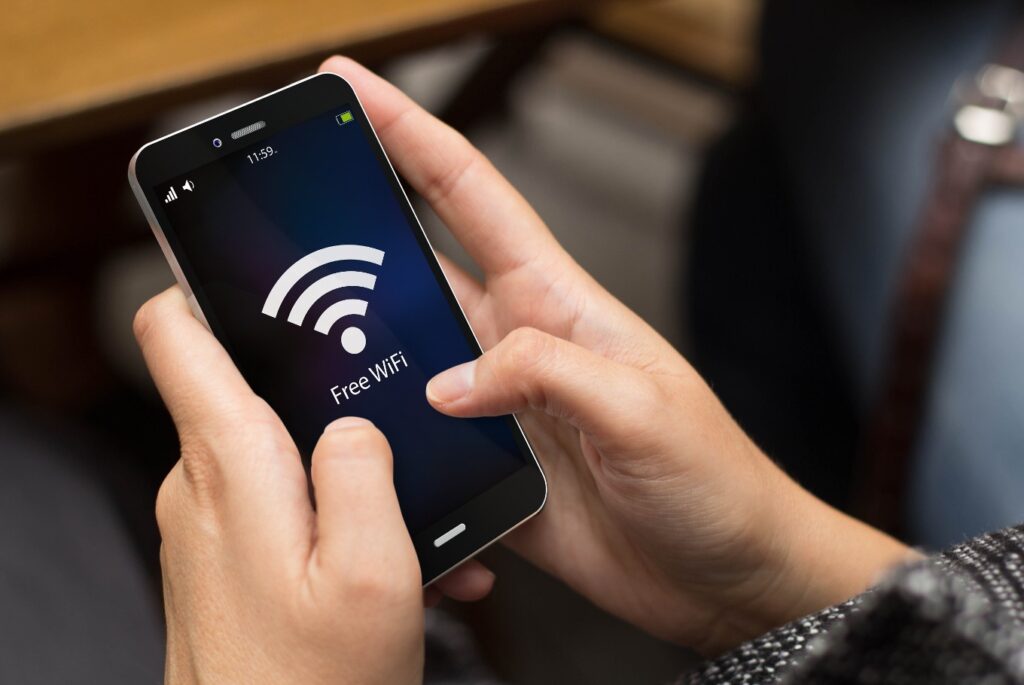
Two ways to access the internet from your phone.
You can access the internet using a data plan related to your phone service, or through a Wi-Fi connection. Generally, mobile phone companies charge a monthly fee for data plans to connect to the internet.
Wi-Fi connections are usually faster, but to use them, you need to be within the range of a public network. Most public Wi-Fi hotspots – like those in coffee shops, airports, and hotels – do not encrypt the information you send over the internet and are not secure connections.
What kind of data can applications access?
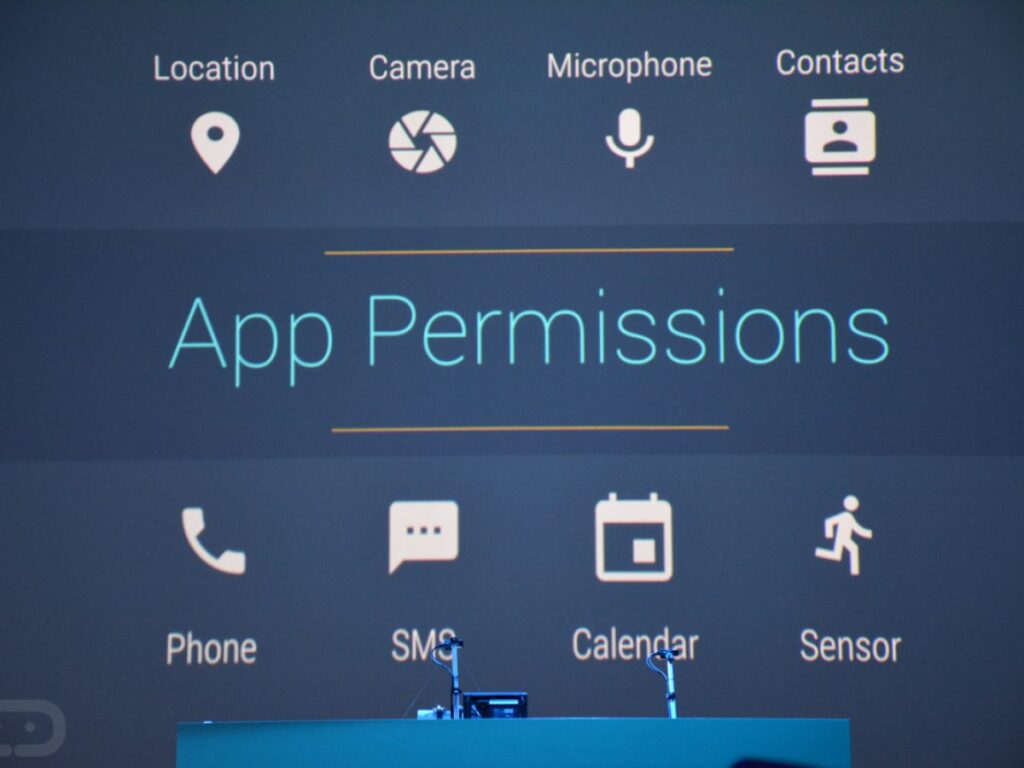
When you register with a specific application store or when you download individual applications, you will probably be asked for your permission to allow access to the information on the device you are using. From some applications you can access:
- Your phone and email contact list.
- Data transmitted over the internet.
- Your calendar information.
- The device location data.
- The unique identification code of your device.
- The information that indicates how you use the application itself.
How can I know what kind of information can be accessed from an application or if the data will be shared?
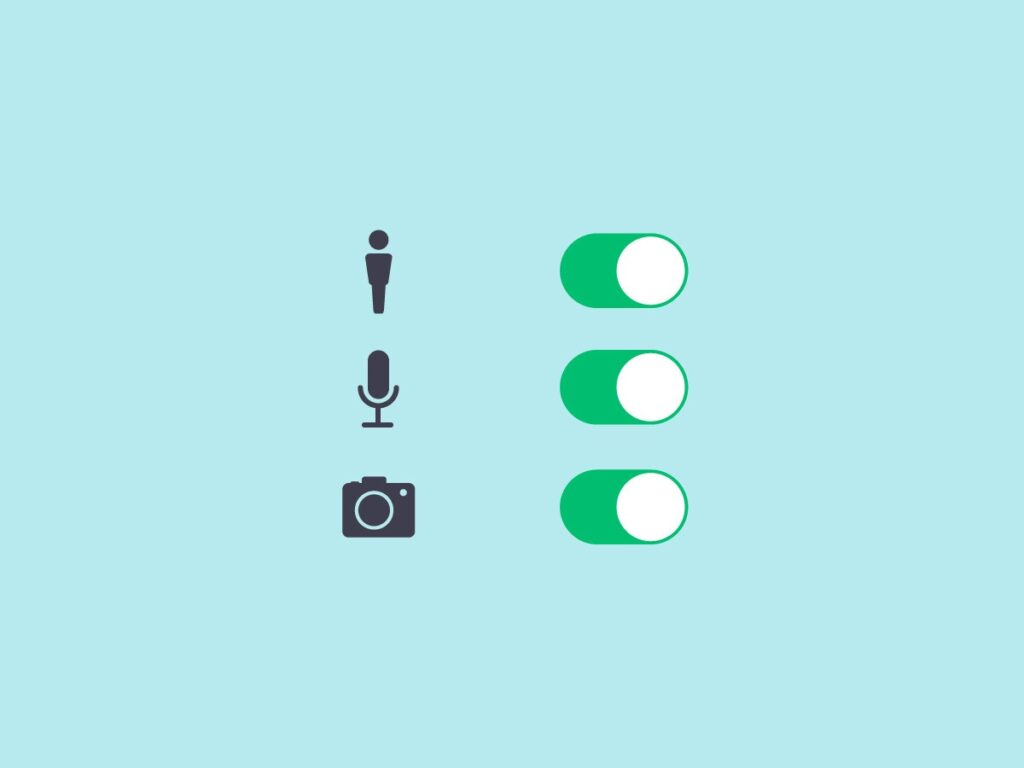
Before downloading an application, consider what you know about who developed it and how useful the application is. If you use an Android operating system, you will have the option to read the “permissions” right before installing an app. You can find out some useful information that tells you what information about your device can be accessed through the application.
Why do some applications collect location data?
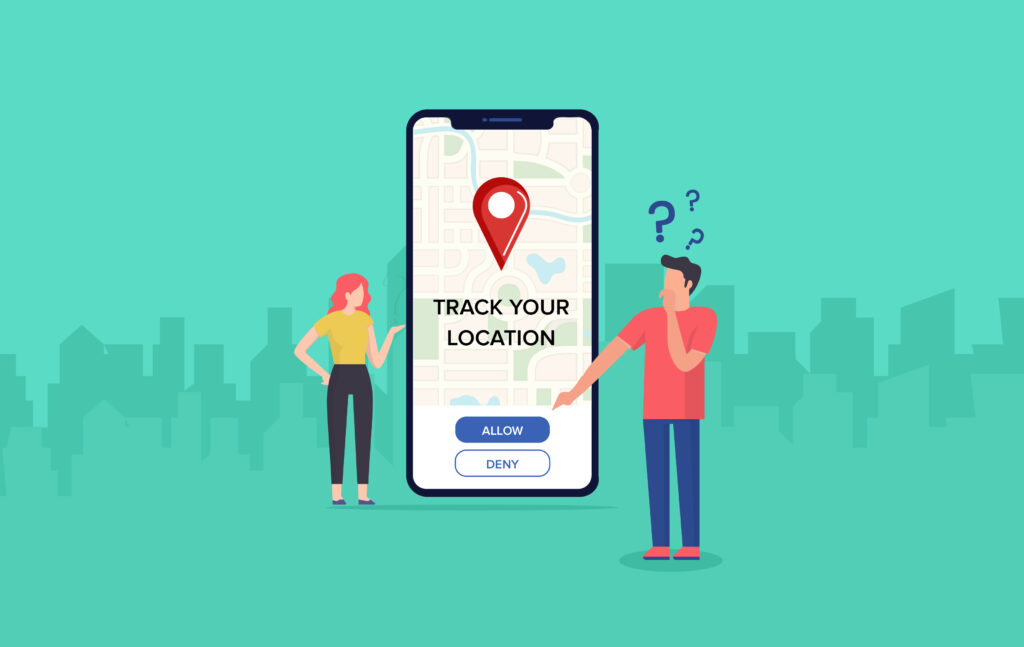
Some applications use specific location data to provide you with maps, coupons for nearby stores, or information about someone you may know who is nearby. Some applications provide location data to advertising networks that can be combined with other data stored in their databases to target ads based on your interests and geographic location precisely.
Once you give your authorization to allow access to your location data through an application, your location can continue to be accessed until you change your phone settings. If you do not want to report your site to advertising networks, you can disable location services in your phone settings. But if you do, the applications will not be able to give you information based on your location unless you enter the data by typing it yourself.
Your phone uses general location data so that your phone service provider can route your calls efficiently. Even if you disable location services in your phone’s settings, it may not be possible for the device to stop broadcasting its location data entirely.
Why do I see the ads that I see?
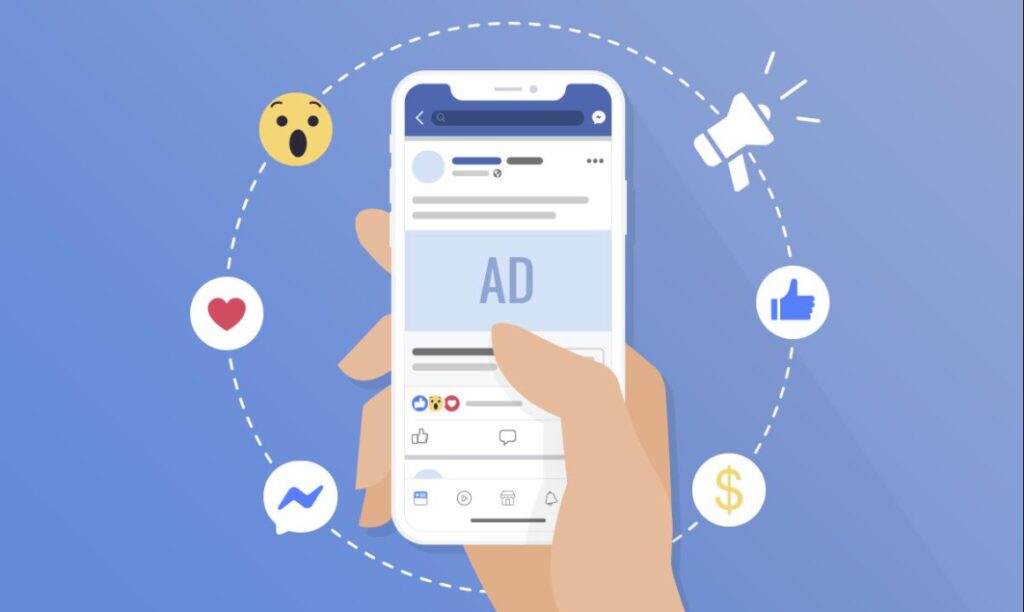
Advertisement networks collect the information that applications collect, including your location data. They may combine it with the type of information that you provided when you signed up to access a service or to buy something online. By combining the data, the mobile advertising network can deliver specifically targeted ads – advertising that may be relevant to someone with your preferences and that is in your geographic location.
Why did mobile applications appear?
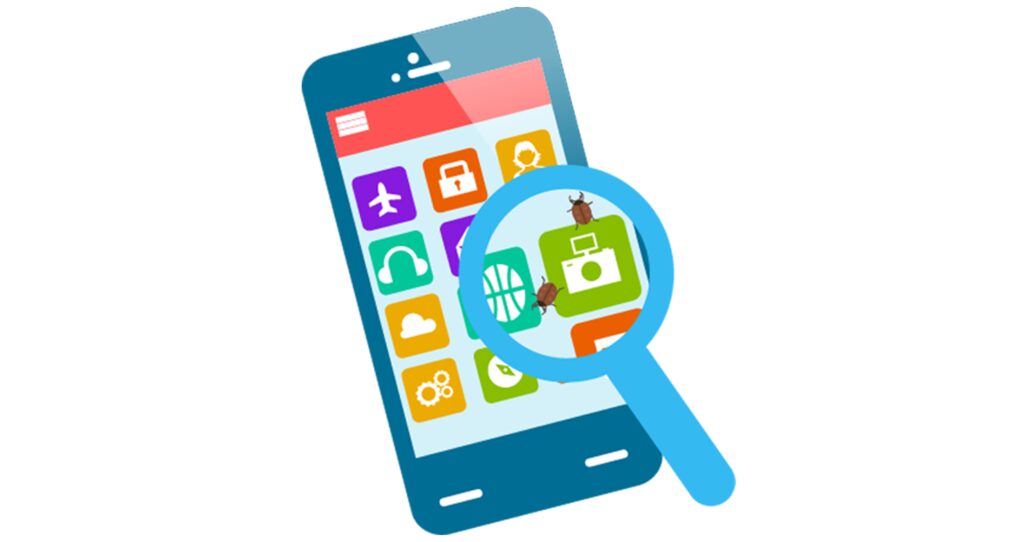
At first, mobile applications were designed to facilitate and optimize the working time of managers and old professions. However, in the evolution of mobile applications, the leisure, and entertainment sector began to take center stage. Most of the applications we used were aimed at listening to music, playing video games, accessing social networks, etc.
Currently, there are so many applications with such diverse options that we use them in all areas of our lives, from controlling our sports activity to buying a jersey. They have become essential tools to improve our quality of life.
As we have seen throughout the post, during all these years, mobile applications have been improving and evolving at a dizzying rate, due to their significant influence on the market and the behavior patterns of users. Thus, we can highlight that the applications have come to stay and that their functionalities will continue to progress continuously.













